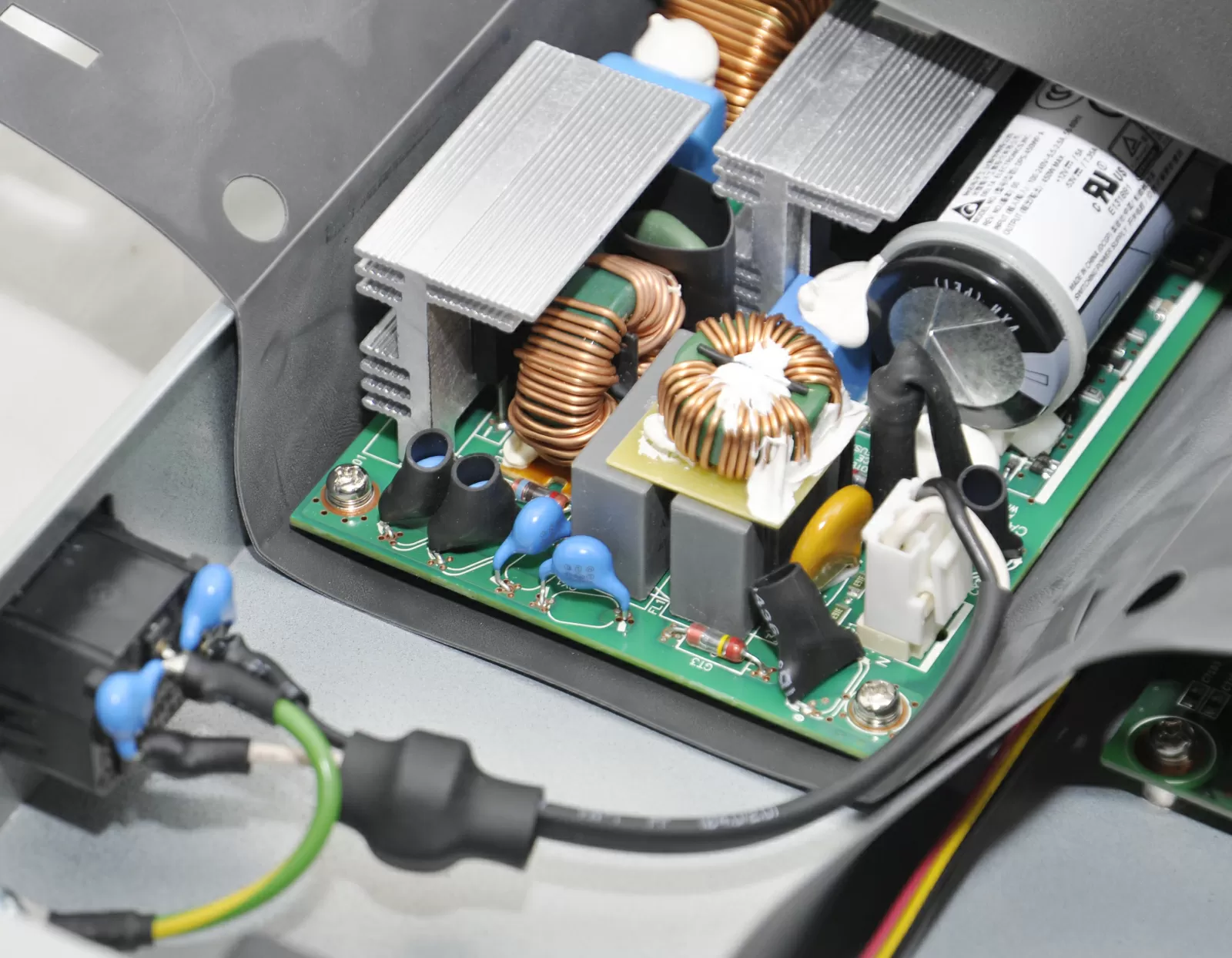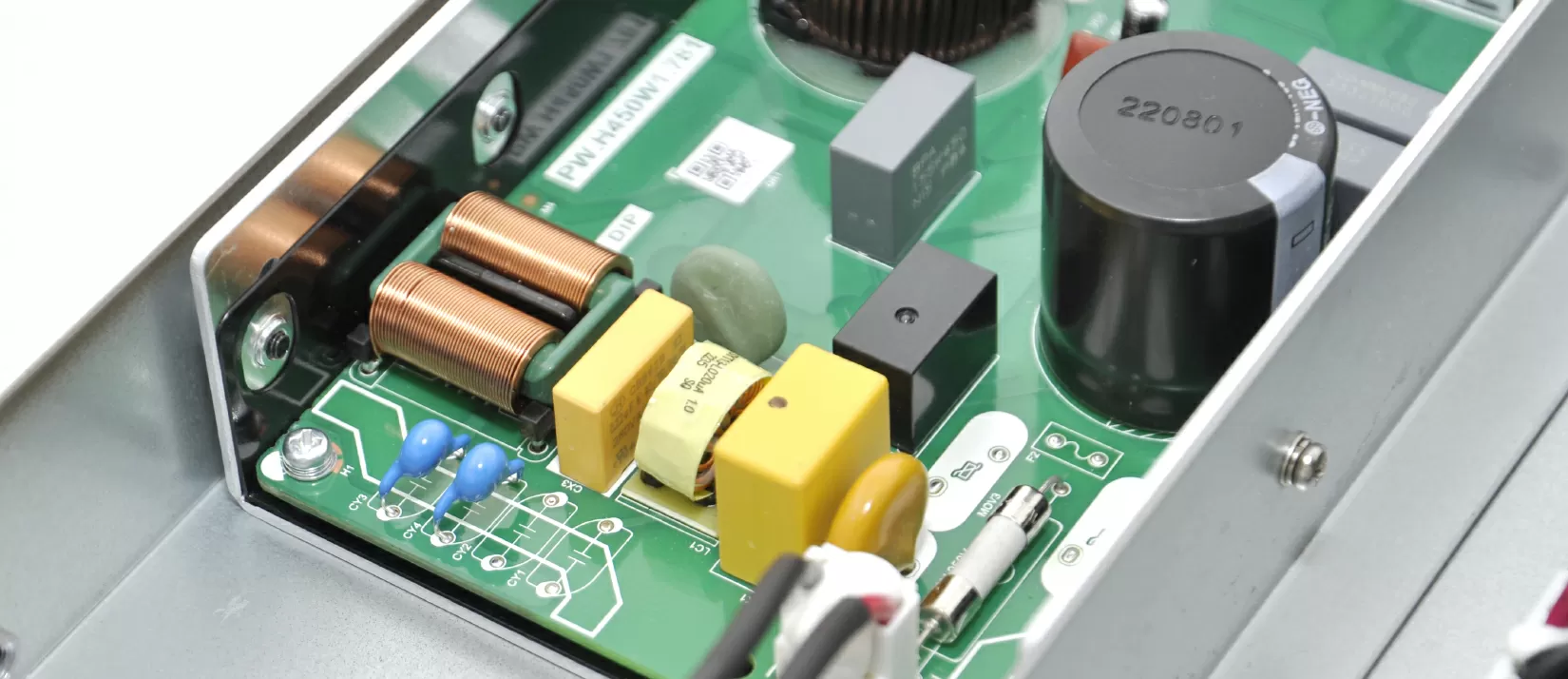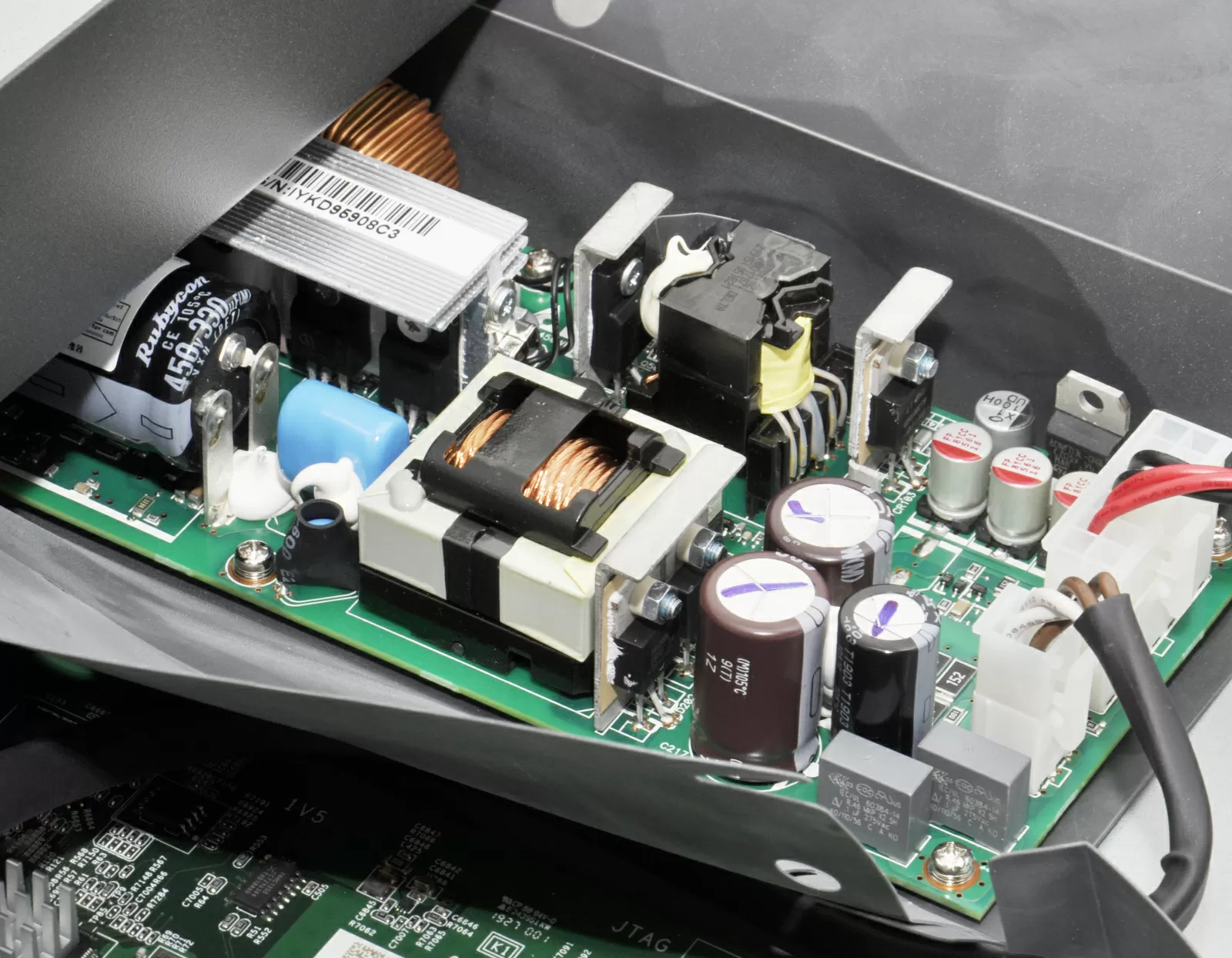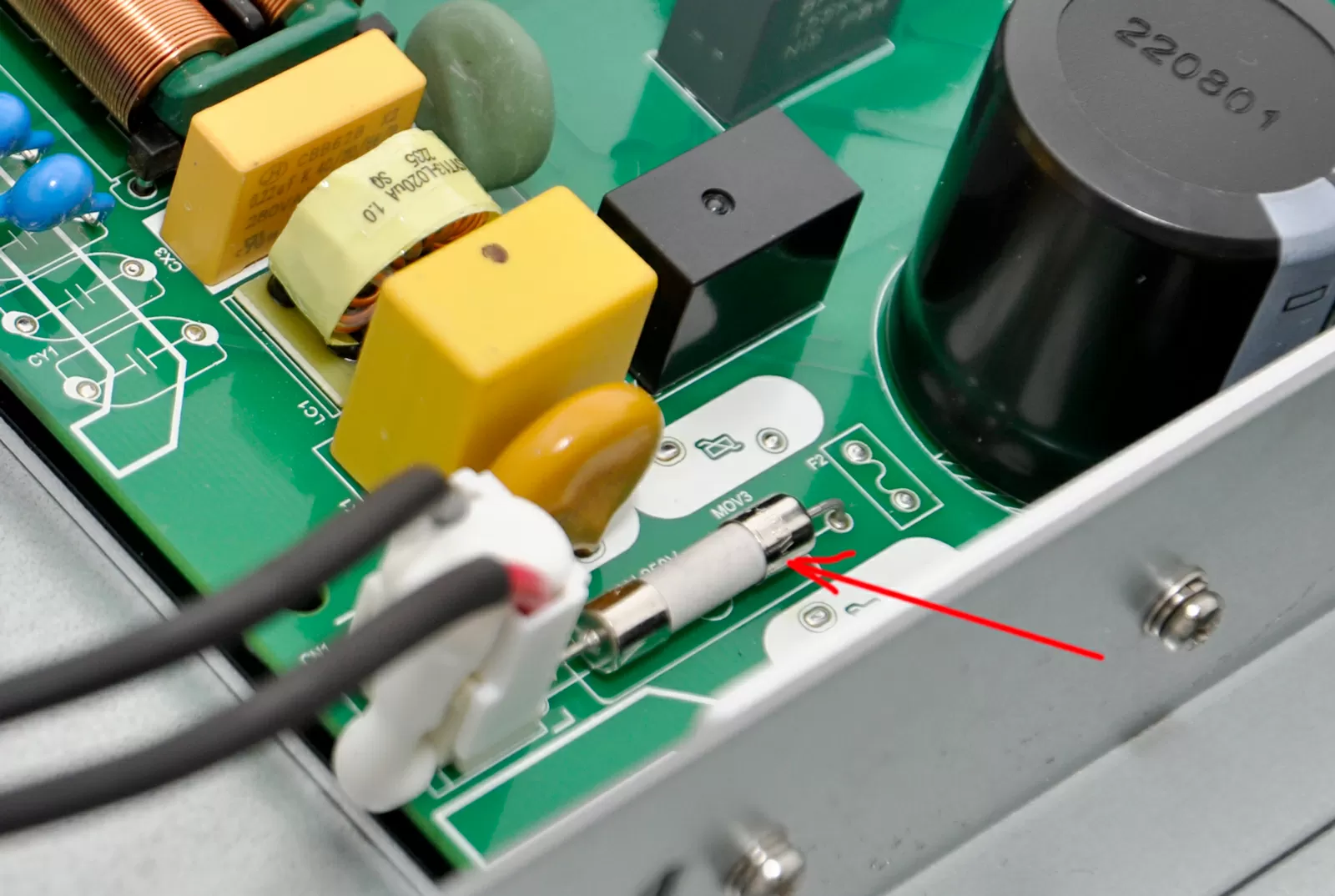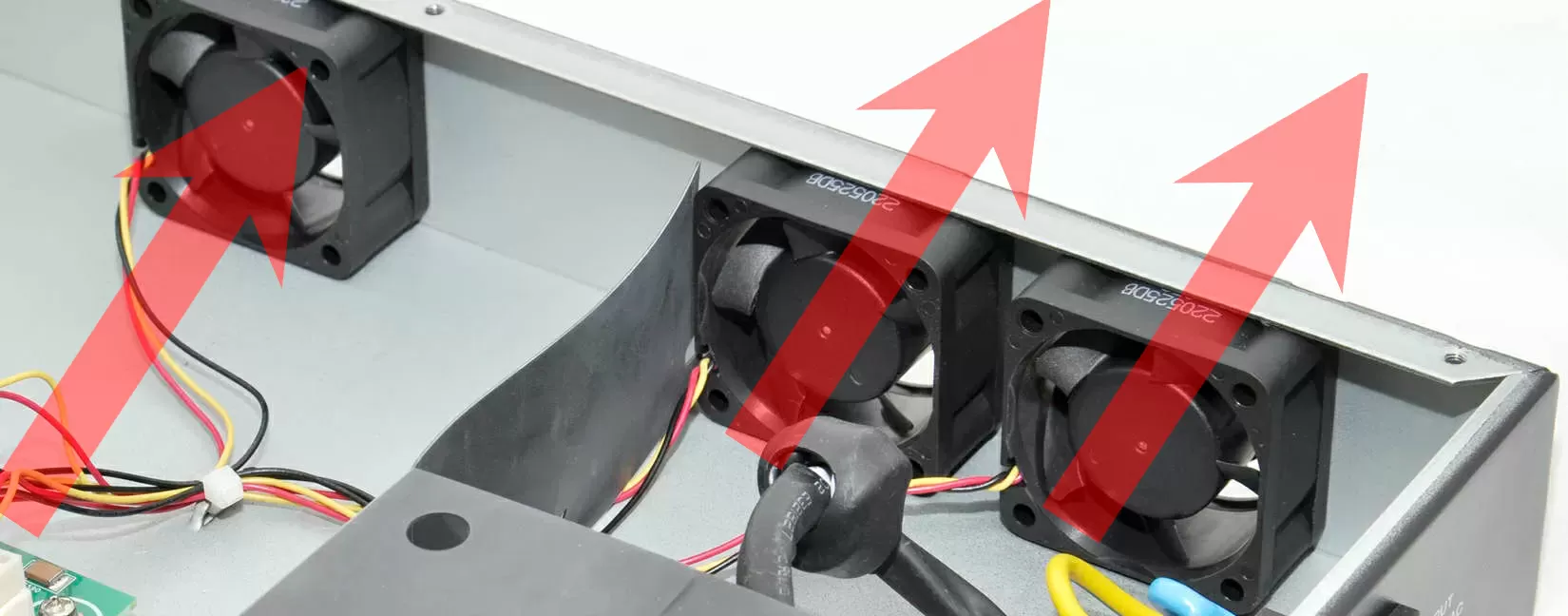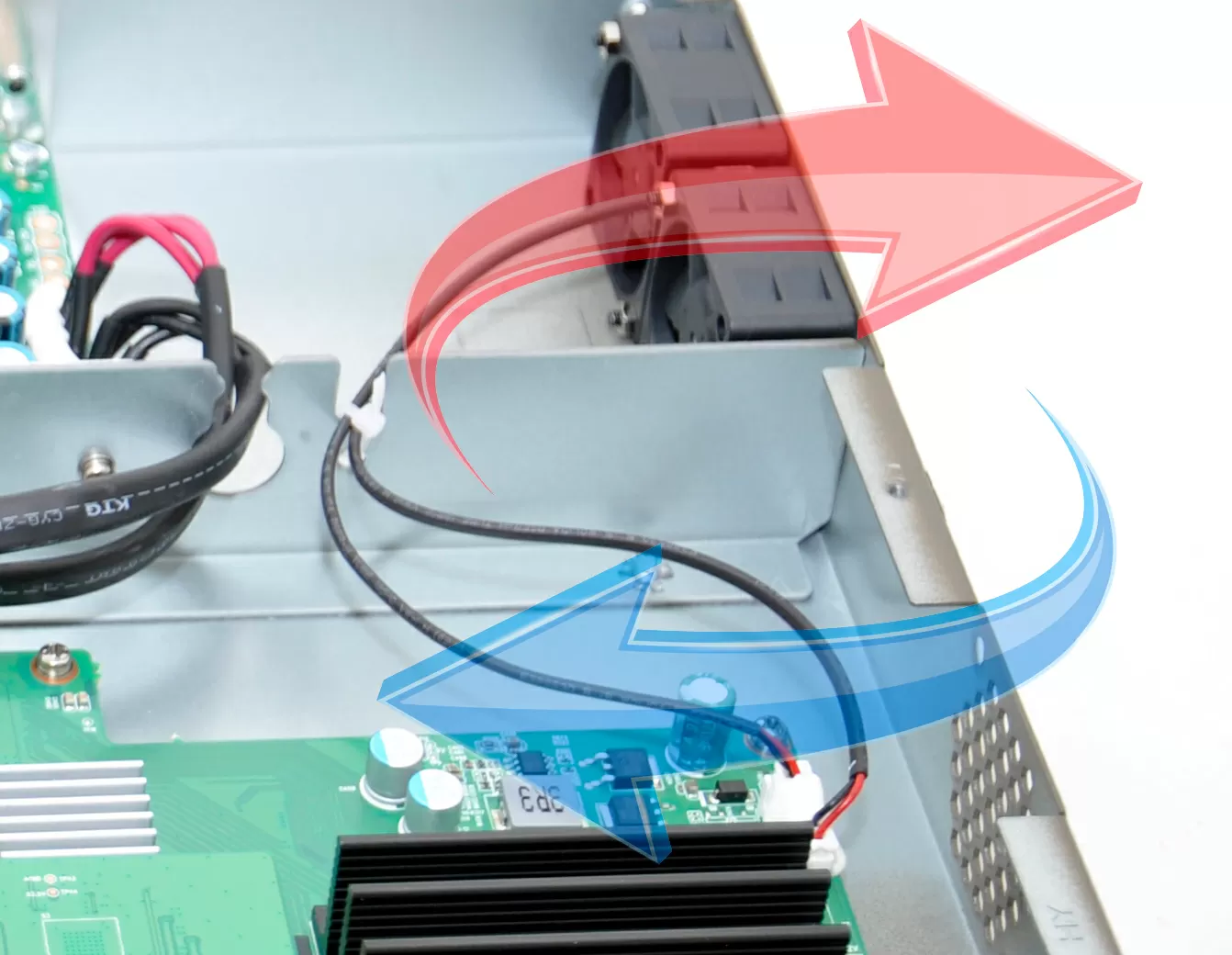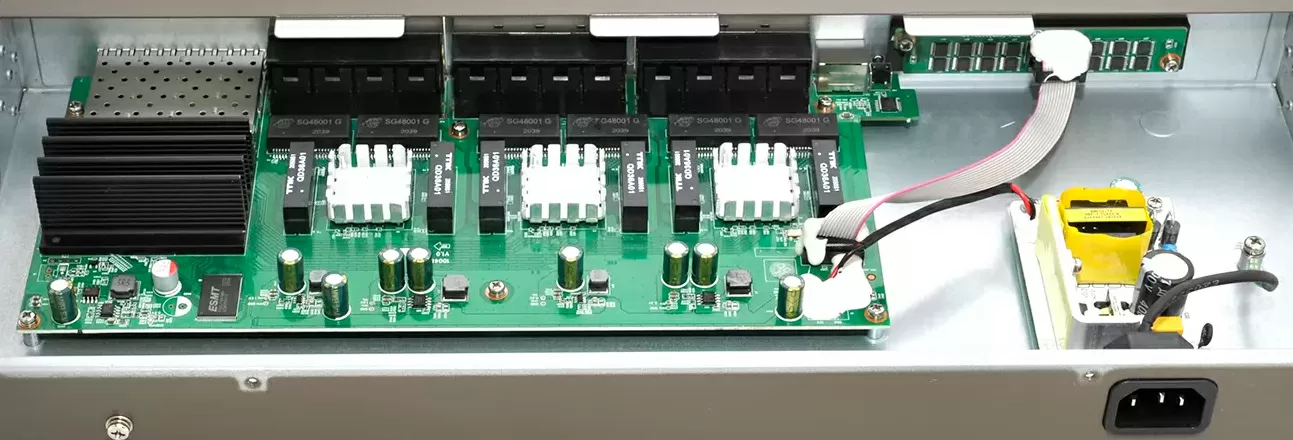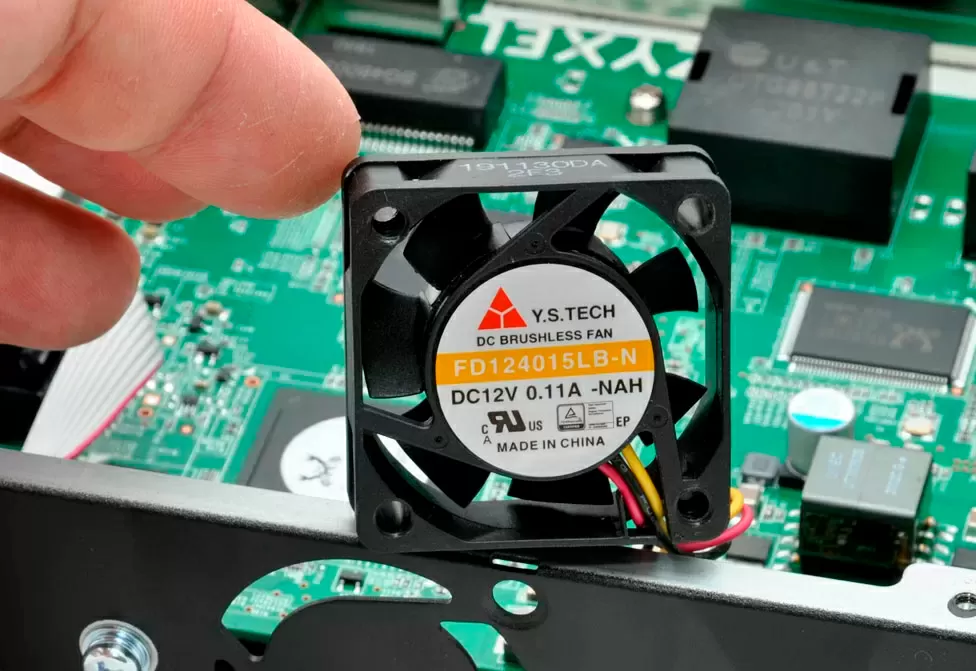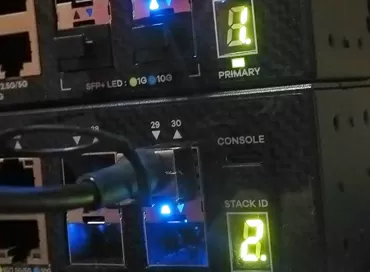The differences between expensive Ethernet switches and cheap ones using the example of Zyxel
It's no secret that almost all modern electronics are manufactured in China, even if they are developed in the USA, Europe, Japan or Taiwan – the Chinese have not only learned how to do things efficiently, but have also grown such IT giants as Huawei, Inspur and dozens of others who have already they can teach others how to make business equipment. But is everything so good for small companies that do not have decades of experience and feedback from users, but try to save money on literally every detail? As a rule, when purchasing a network switch from a company, no one thinks about what's inside it: the steel case is covered with a warranty seal, and even if it didn't exist, well, who really would open it to see how it works? We will take two switches: the Taiwanese brand Zyxel and the Chinese equivalent from a little-known manufacturer and look at the design differences and what they affect.
The first is an interference–suppressing filter at the input
The common-mode interference voltage at the input can reach dangerous values for humans, so it must be diverted to the ground wire. Very reliable Class Y capacitors are used to suppress common-mode interference. Expensive power supplies have 4 Y + 1 X capacitors, while cheap ones have only 2 Y capacitors. In the photo below you can see a full-fledged EMI filter on the power supply of the Zyxel switch with additional noise-canceling capacitors at the input and a ferrite ring in the AC conductor. I would say that the protection against interference here is absolute, and even excessive.
Circuits with 4 Y-capacitors have the best interference smoothing parameters, but the difference will not be noticeable in operation, except for some special cases when the device is installed in a very unfavorable environment with high EMR. /p>
In high-quality switching power supplies, in addition to varistors, gas arresters or Gas–Filled Surge Arresters (SVT arresters filled with inert gas) are used. The inclusion of a gas arrester in parallel with one of the inductors is used to protect against saturation and voltage surges associated with the resonant effect. In the photo of the power supply of the Zyxel switch (above), we see two gas dischargers (the one closest to us has the designation GT3), but actually, there are more of them.
And now let's look at the power supply of a 24-port 1-gigabit PoE switch from a Chinese company, too. Of course, it looks a little empty: here we see a simplified filter with two Y-capacitors, and the place for two more remained unsoldered. There is no ferrite ring on the conductor, although the input socket did not get into the frame.
There are no gas-discharge elements either, but a fuse is used for current protection, and it needs to be mentioned separately.
The second is over–current protection
There are not so many reasons why an increased current may occur in the switch – most often it is the failure of some component with a simultaneous short circuit. Current protection is mandatory in modern devices, because it prevents the occurrence of a short-circuit fire.
Expensive switches use thermal or electromagnetic relays for this purpose, which self-repair after operation.
In cheap Chinese switches, you can find ordinary fuses, which can even be soldered on the board. False alarms of current protection are extremely rare, but I believe that if there is a fuse somewhere, it should be changed with bare hands without disassembling the device, but "Uncle Liao" believes that its savings are more important, therefore it is soldered in the Chinese switch.
The third is cooling
It would seem that a point has been put in the cooling schemes a long time ago: the fan layout has been worked out, and there can be no mistake, however, everyone is mistaken - both "Uncle Liao", who is absolutely not averse to saving money, and famous brands that "do not know what they are doing". Almost all modern 1U switches are cooled "at negative pressure" – fans are installed on the side, working "for blowing", taking air mainly from the opposite side of the case and a little through the ports. Any gap, any leak in the device body with such a cooling scheme reduces its efficiency.
Good Zyxel switches have 1-2 fans for the power supply and usually 1 for all electronics.
Well, in cheap Chinese switches, "Uncle Liao" can put two fans instead of 3, assumed by design, and leave an empty grid instead of the third. As a result, all the air goes inside not through the switch housing on the opposite side of the housing, but through this grate, that is, it circulates in a circle. In any closet without strong forced ventilation, such a device will heat up more than if everything were correct. Fortunately, this "jamb" is easily eliminated if you seal an empty ventilation grate with duct tape.
Lightning protection
Surge protection can look like a string of diodes with shunt capacitors between the physical port and the matching transformer, less often spark and gas arresters and varistors. On PoE models with 24 or more ports, lightning protection can be applied to a daughter board. In any case, lightning protection is not built into any chips, and if it is actually on the board, you will see it.
If there is no built-in lightning protection, you will have to buy it separately for those cables that run through an open area. The strangest thing in this situation is that the documentation for a cheap Chinese switch may indicate surge protection, but it can only apply to the power supply, and the network ports do not have it. In general, until you open the case and see for yourself, you will not understand.
The photo above is just an example of such a Chinese switch, for which lightning protection is stated in the specifications, but in fact it is not.
Manufacturers and quality of components
When you open an expensive branded device, whether it's a power supply, UPS, or network switch, you expect to see components from certain manufacturers. As a rule, the cause of device failure is most often caused by swollen capacitors and stopped fans.
High-quality capacitors:
- Nippon Chemi-con (brown)
- Nichicon (brown)
- Rubycon (black)
- Panasonic (black)
- Sanyo (solid silver with purple stripe)
- Elna
Medium-quality capacitors:
- Jamicon (green)
- Samsung
- Capxon (black)
Low quality capacitors:
- All others
Capacitors, when broken, often cause a short circuit, after which the device simply does not turn on, you will not fix the breakdown. In this regard, the choice of high–quality capacitors is much more important than, for example, fans that can be installed with redundancy: if the first one stops, the second one will work.
The highest quality fans:
- Y.S. Tech (used in medium-sized Zyxel switches for business)
- Delta (used in top-end Zyxel switches for business)
Just good quality fans:
- AVC (rarely found in switches - more often in branded servers)
- Sunon (used in branded nettops, laptops, servers, industrial equipment)
- Sanyo Denki (rare today, mainly in industrial equipment)
Fans with "how lucky" quality:
- All others
If you buy 1 network switch, you may never feel the difference between good quality components and consumer goods: you may be lucky, and a switch made of components from a garbage dump will work for 10 years without interruption. But if you have a fleet of dozens or hundreds of devices, the quality of the components will make itself felt from the first days of operation: sudden breakdowns, burning ports, overheating and noise.
Conclusions
As you can see, expensive switches from a good manufacturer are built on a high-quality element base. Electrical components are not getting cheaper day by day, and by the way, even Zyxel, whose switch we used as a reference in this article, is also not a saint - in the review of XMG1930 (model range 2023), I noticed note that compared to the 2022 models, the MTBF parameter decreased by almost 2 times, but still amounted to about 60 years of continuous operation. What can we say about "dockyards"?; there were times when people did not yet know what a shortage of components was, and Zyxel switches had a failure time of 100 years. When you open the case and see expensive Japanese capacitors and best-in-class fans, you have no doubt that the device will work its honest 3-5 years without breakdowns.
At the same time, little-known Chinese manufacturers, forced to play with a low price, cannot afford either qualified engineers or the use of a high-quality component base. The installation of such devices in the project is associated with the risk that sooner or later installers will have to urgently go and change the burned switch to a new one, and according to the law of meanness - in the rain, at night, on Sunday. Or Friday night, which is even scarier.
Michael Degtyarev (aka LIKE OFF)
30/12.2023

